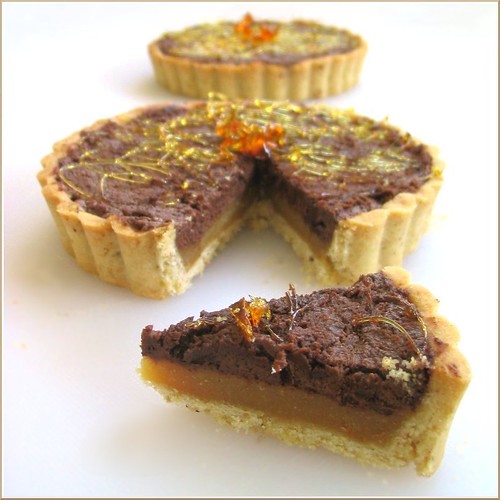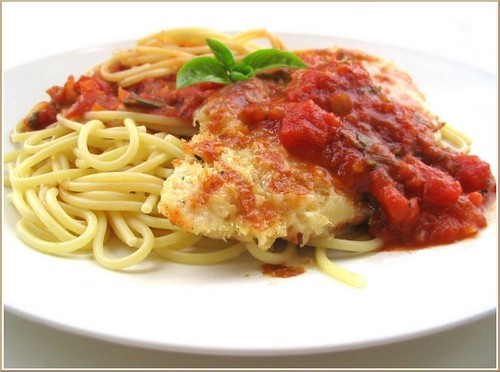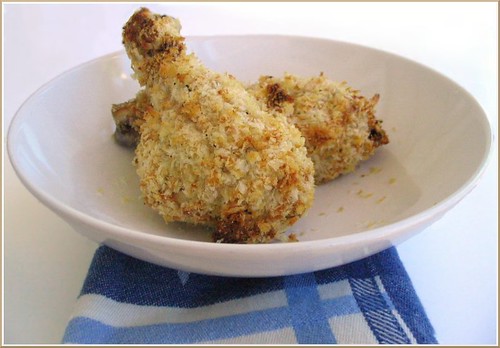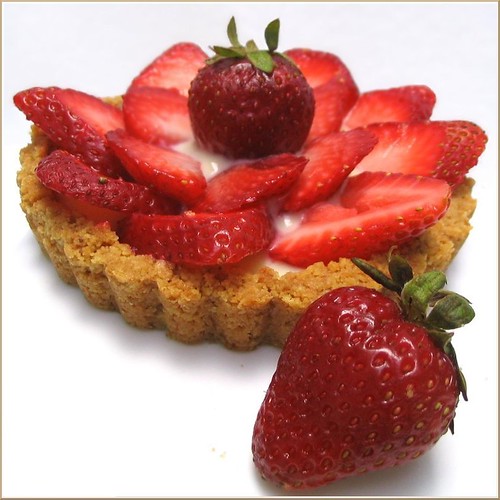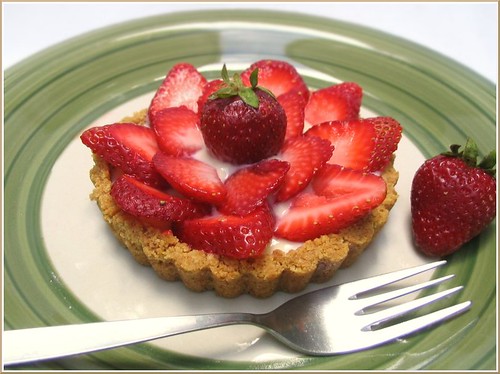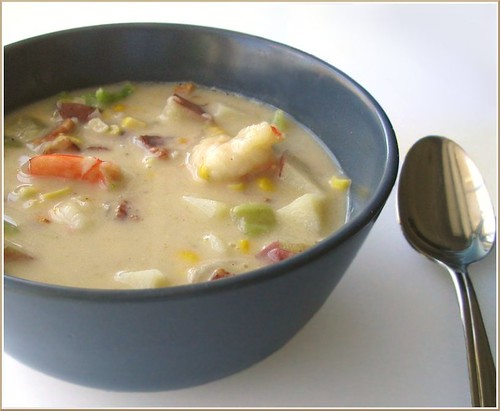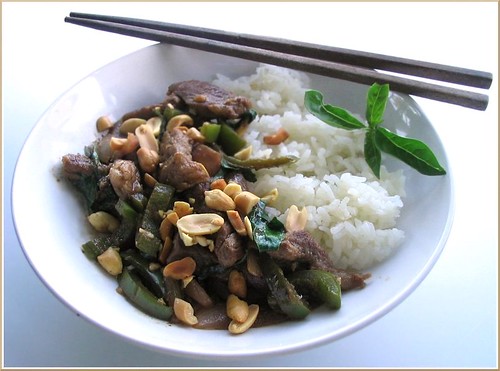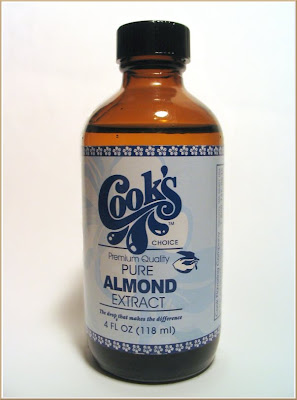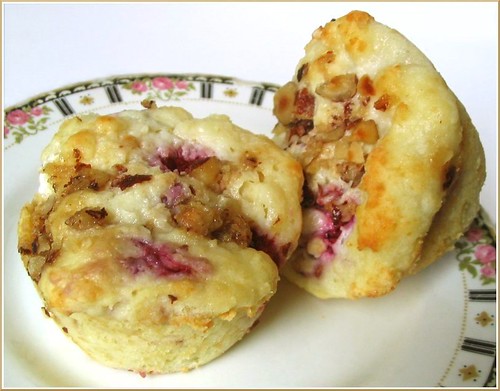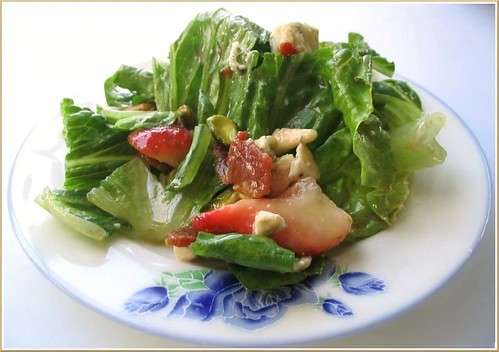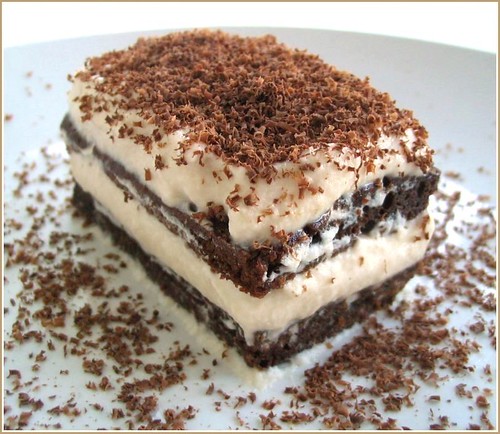
Duck fat is culinary liquid gold; it's savory flavor and rich fragrance can transform the ordinary into the extraordinary. The average French fry becomes the ethereal pomme frites ala canard, bland roasted potatoes are elevated to best-potatoes-ever status, and sauteed vegetables get a little extra oomph. After roasting my first duck last April, I had saved every last drop. It only rendered about a third of a cup, which unfortunately was not enough for the classic confit de canard, but its uses are endless. A spoonful here and there is perfect for frying eggs, fried rice, mashed into potatoes, roasting root vegetables, swirling into risotto, polenta, and grits, searing gnocchi, and cutting into savory pastries. After coming home from the store with two pounds of red potatoes and with my potted thyme flourishing happily, I knew it was time to dig out the precious lipid from the freezer.
Notes:
- Duck fat makes the absolute best roasted potatoes. You can also use butter or olive oil but once you try duck fat, you'll never go back. As an added plus, duck fat is "healthier" than butter.
- Duck fat can be purchased online
- Store duck fat in the freezer; there is a chance of it molding if kept in the fridge and it would be a shame to throw it away.
Thyme Roasted Potatoes
2 lbs red potatoes, scrubbed and cut into quarters (or in half for smaller potatoes)
2 - 3 Tbsp duck fat, butter, or olive oil
1 tsp coarse salt (kosher or sea salt)
Plenty of freshly ground pepper
1 Tbsp fresh thyme leaves, roughly chopped
2 cloves of garlic, pressed or minced then mashed into a paste
Preheat the oven to 400F, adjust a rack to the middle position, and line a baking tray with a sheet of foil.
In a large bowl, toss the potatoes with the melted fat or oil (whichever you are using), salt, and pepper.
Scatter the potatoes on a baking tray and arrange all the pieces cut side down. Cover the tray with foil and bake for 20 minutes.
After 20 minutes, take out the tray and remove the foil. Flip all the potatoes to cut side up. Turn the broiler on and broil for about 20 minutes, or until the potatoes are easily pierced with a fork or knife. Depending on the strength of your broiler you may need to adjust the potatoes up a rack if they are not browning enough. After about 20 minutes, turn the oven off and remove the potatoes. Sprinkle the thyme over the potatoes and gently toss. Return back to the still warm oven for another 2 minutes.
Meanwhile, in a heatproof serving bowl, add the pressed or mashed garlic. Add the hot potatoes on top as soon as they come out of the oven. Gently toss to coat the potatoes evenly with the garlic.

